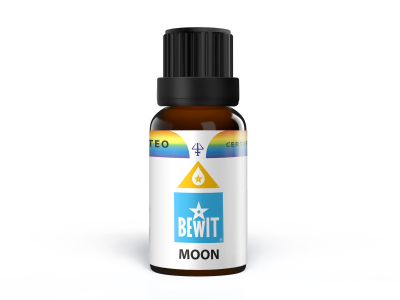BEWIT Shungit protective plate, polished
Shungite phone plates are indispensable in the modern world, where we are surrounded by a lot of negative energy and harmful radiation. Thanks to its fullerenes, shungite is known for its protection against radiation and a shungite plate is the easiest way to protect yourself.
The shungite plate is simply glued to the mobile phone from the back side using double-sided tape, which is part of the plate.
Shungite protective plate for mobile phone
Smartphones may become the biggest threat affecting our wellbeing and health in general in the near future. Scientists around the world note that phones are already often the cause of many health problems. Phone manufacturers are working to improve security but have not yet found a suitable technology. Experiments at the Karelian Scientific Centre of the Russian Academy of Sciences have shown that shungite plates are a simple, effective and, moreover, inexpensive means of protection against the effects of all devices.
The shungite plate is attached to the back of the phone, it does not get polluted and can also be beneficial to your health. Shungite phone plate will protect you in the modern world and in times of technological advancement.
The shungite plate is simply glued to the mobile phone from the back side using double-sided tape, which is part of the plate.
THE BENEFITS OF A SHUNGITE OBELISK
- Binds heavy metals, ammonia, petroleum products, pesticides, phenols, surfactants, chlorine and other organic and inorganic substances
- Filters out electromagnetic and radio frequency radiation.
- Slows down oxidation
- It's conductive.
- Supports the biological activity of micro and macro nutrients.
- It enriches water with sodium, potassium, calcium, magnesium and other minerals and natural antioxidants.
- Balances the pH of the water to between 7 and 7.5
- It is environmentally friendly and safe for human health.
- It is corrosion resistant.
GROUNDING STONE WITH HIGH VIBRATION
Shungite is extremely grounding, it is stated that it can help better integrate cosmic wisdom and karmic lessons as its high vibration helps bring your spiritual body down to the physical plane.
Shungite encourages you to learn more and continue towards further spiritual growth. It is also associated with great cosmic mysteries and is said to bring light in times of darkness or uncertainty.
ANTIOXIDANT, UNIVERSAL SORBENT
By virtue of its structure, shungite is a mineraloid, a non-porous polymineral carbon rock, which contains nearly half of the elements of the periodic table. To the eye, it is an opaque black stone with a more or less pronounced metallic sheen. The age of shungite is around 2 billion years. This fossilised natural material from the seabed has an exceptional composition, properties and a wide range of uses. Its unique hallmark is that it contains non-crystalline carbon in the unusual form of fullerenes. ** Fullerene** is the fourth known form of carbon after diamond, graphene and carbon. It is the most powerful known antioxidant and universal sorbent. Thanks to this, it purifies the water from pollutants and at the same time supplies it with beneficial and healing substances.
History
Shungite got its name from its** place of occurrence, the Karelian village of **Shunga on the shores of Lake Onega, where it was first discovered.
Tsar Peter the Great used shungite for his army
Shungite has been used as a healing tool since the beginning of the 18th century. Tsar Peter the Great established the first Russian baths in Karelia and also used the properties of shungite to purify drinking water for his army.
Filters out electromagnetic and radio frequency radiation.
Initially it was mainly used as a substitute for coal coke in blast furnaces for the production of cast iron. Subsequently, new valuable properties of shungite were discovered – absorptive, bactericidal, catalytic, redox, as well as the ability to filter out electromagnetic and radioactive radiation. These properties have enabled the use of shungite in various fields of science, industry and technology, and a number of new nanotechnological materials have been created on its basis.
The properties of shungite have enabled its use in water treatment and purification technology. Water treatment and filtration with shungite is widespread in Norway, Sweden and America. It is used to purify water in wells, reservoirs, swimming pools and for the treatment of wastewater from hospitals.
Northwest Russia is the largest and oldest source of shungite, with other deposits reported in Austria, India, Kazakhstan and the Congo.
Country of origin
Reviews
BEWIT Shungit protective plate, polished
Want to add your own review? We're interested in your opinion.
Sign in / Register









